MercoPress. South Atlantic News Agency
Antarctica
-
Monday, December 13th 2010 - 14:51 UTC
Search for missing crew of Korean longliner sunk in Antarctica down scaled
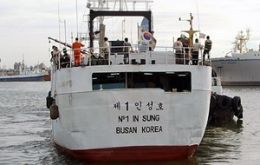
The search for 17 people missing after a Korean long-liner sank in Antarctic waters the Southern Ocean early Monday has been scaled down as it becomes increasingly unlikely further survivors will be found.
-
Monday, December 13th 2010 - 01:19 UTC
Falklands’ friends: HMS Scott to Antarctica; HMS Invincible to the scrap
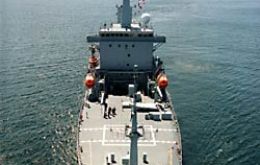
The future of the Royal Navy’s ice patrol vessel HMS Endurance may remain in doubt well over a year after it nearly sank in the Straits of Magellan and returned to Portsmouth on the lift ship MV Target, but there is no doubting the UK’s ongoing commitment to the Antarctic Treaty.
-
Friday, December 10th 2010 - 01:54 UTC
British expedition claims to have established Antarctic land-crossing record
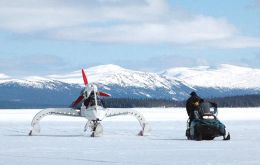
British expedition to Antarctica says it has succeeded in establishing a new record - the fastest land crossing of the southernmost continent.
-
Thursday, December 9th 2010 - 07:15 UTC
Clelia II sailing on her own is expected Friday in Ushuaia

The expedition vessel MV Clelia II is now operating at normal speed during its northbound crossing of the Drake Passage, following heavy sea conditions Tuesday that resulted in a broken bridge window and some electrical malfunctions.
-
Wednesday, December 8th 2010 - 04:50 UTC
Antarctic luxury cruise vessel heading for Ushuaia after suffering engine failure
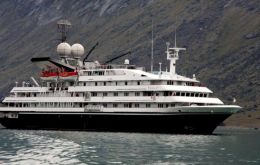
A Maltese-flagged cruise ship with 160 people on board which on Tuesday declared an emergency as it was sailing across the Drake Passage off the southern tip of South America is limping back to Ushuaia, its port of destination, according to a release from the Argentine Navy.
-
Saturday, December 4th 2010 - 00:34 UTC
Ozone hole over Antarctica smallest in five years, says NZ research centre

The ozone hole over Antarctica has shrunk to the smallest in five years, according to a New Zealand’ National Institute of Water and Atmospheric Research, NIWAR. The hole decreased in size to about 22 million square kilometres from 24 million square kilometres last year, said Auckland-based NIWAR in an e-mailed statement today.
-
Thursday, November 25th 2010 - 20:04 UTC
HMS Scott leaves Plymouth for the 2010/2011 Antarctic season

The Royal Navy deep water survey ship HMS Scott deployed to the Antarctic early morning Thursday from Plymouth, which coincides with the 100th anniversary of Captain Scott's final expedition to the area.
-
Saturday, November 20th 2010 - 03:10 UTC
Chile launches Antarctic season with 52 scientific research projects

Chile will undertake its most ambitious scientific expedition in almost half a century of Antarctic activities with 52 projects planned for the 2010/2011 season. The activities program was announced by Javier Arata head of the Chilean Antarctic Institute Antarctic Science Program.
-
Tuesday, November 9th 2010 - 01:03 UTC
IAATO guidelines and requirements for independent journeys to Antarctica
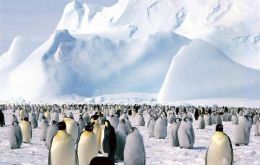
The Antarctic tourism season is just getting underway and travellers the world over are preparing to make the journey to the bottom of the planet where they'll be treated to one of the most remote and untouched destinations on Earth.
-
Monday, November 8th 2010 - 02:34 UTC
Bad weather impedes presidents Piñera and Correa from visiting Antarctica
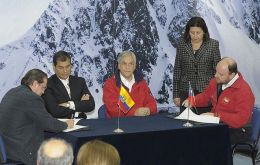
The Chilean air force plane carrying President Sebastian Piñera and his Ecuadorian counterpart, Rafael Correa, to Antarctica was forced to return to Punta Arenas, extreme south of Chile, after the pilots found it impossible to land due to bad weather, officials said.
